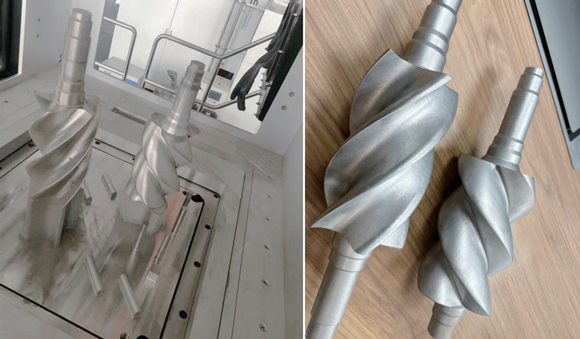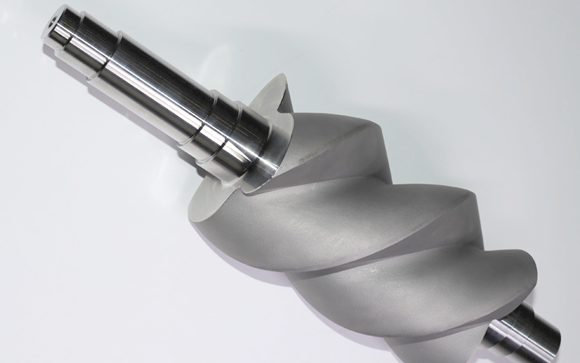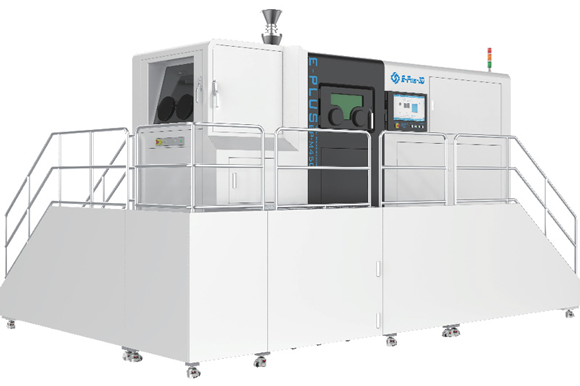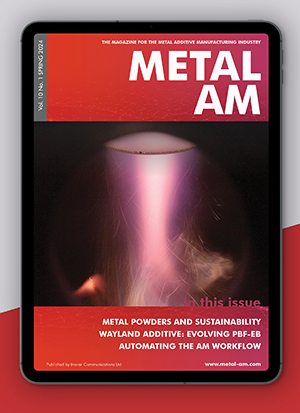Additive Manufacturing of large-volume screw shafts for compressors in the construction industry
October 12, 2023

LUMO, a metal Additive Manufacturing service provider based in Neresheim, Germany, has partnered with Eplus3D, located in Hangzhou, China, to manufacture prototypes of compressor shafts for screw compressors used in the construction industry. These components have dimensions of 100 x 100 x 400 mm and feature complex freeform surfaces.
LUMO and Eplus3D have published a case study that highlights the use of Additive Manufacturing as the primary technology for producing these components. The case study outlines the key benefits of Additive Manufacturing, including reduced lead times, design flexibility, and material selection.
Prototypes of compressor shafts
LUMO initially received a request from a manufacturer in the construction industry that specialises in screw compressors. The manufacturer needed prototypes of compressor shafts, which are crucial components in screw compressors. These shafts play a vital role in connecting the two counterrotating rotors and facilitating gas compression between the rotors and the housing. The specific requirements for these components were challenging because they had to endure substantial mechanical loads and operate under thousands of rotations during operation.
A screw compressor is a machine that compresses air or gas by passing it through two counter-rotating rotors with special profiles. These rotors are located within a housing and rotate in sync, resulting in continuous gas compression. The compressor shafts connect the two rotors, ensuring smooth rotational motion. This process increases gas pressure, enabling efficient compression. Therefore, the compressor shafts must have high strength and mechanical stability to withstand the complex operating conditions. Additionally, the parts must be stainless steel to resist corrosion from the moisture released during compression and decompression of ambient air.

Results
The mechanical properties of the AM components met all specifications and were further optimised through CNC machining. The components showed excellent machinability, resulting in surfaces with Rz 6.3 µm at the post-machined bearing seats and Rz 25 µm in the raw middle section. These values were sufficient for the intended purpose.
By successfully implementing Additive Manufacturing for the production of the compressor shafts, the customer gained valuable insights into the design. These insights could then be incorporated into the subsequent development process, allowing the company to further optimise and enhance the product’s efficiency.

In addition, the collaboration between LUMO and Eplus3D provided the customer with a comprehensive understanding of metal Additive Manufacturing. They also learned about the advantages and disadvantages of this technology. These insights have had a lasting impact on the company’s development processes and have opened up new possibilities for efficient and innovative manufacturing of large-volume screw compressors for the construction industry.
To read the full case study, click here.
Download Metal AM magazine

















